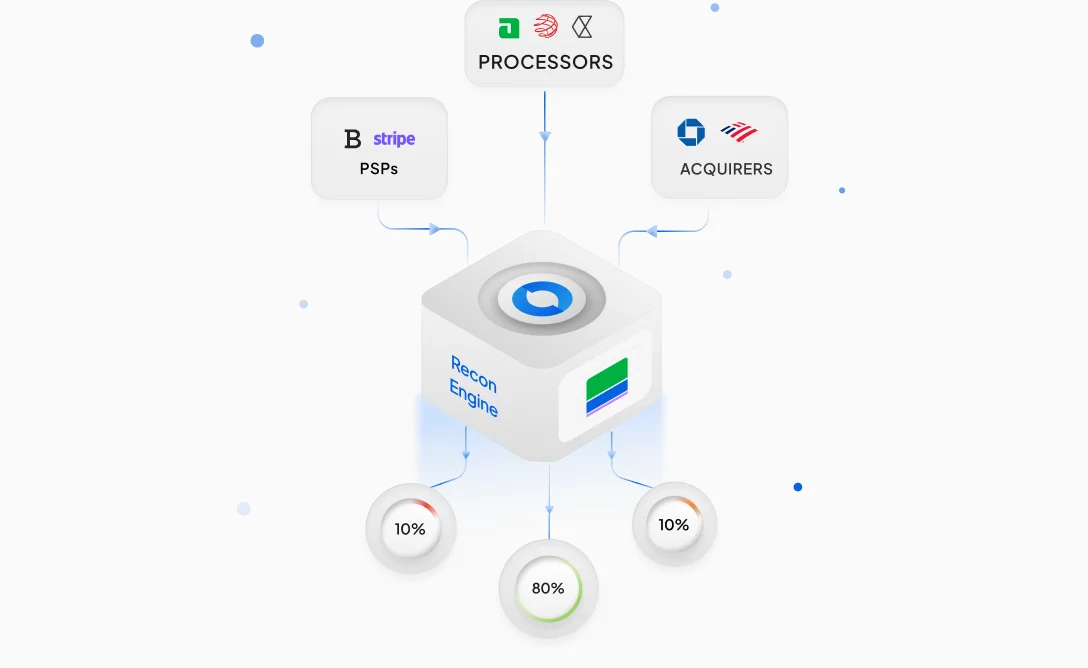The Evolution of 3D Secure: From 1.0 to 2.0
3D Secure, a security protocol, has positively impacted the world of online payments. From its initial avatar (3D Secure 1.0), 3D Secure 2.0 has now added another layer of authentication to become a more streamlined and user-friendly protocol. This has led to enhancements in various online transactions and improved the checkout experience for online shopping. 3DS 2.0 helps protect sensitive data related to customers. Let’s delve deeper into how these improvements have reshaped online payment security.
Understanding 3D Secure: A Brief Overview
3D Secure verifies the cardholder’s identity and reduces fraud. Both merchants and customers benefit from it.
What is 3D Secure?
3D Secure is a security protocol designed to make online card transactions safer. It does so by verifying the cardholder’s identity during the checkout stage. In this way, the protocol makes it harder for fraudsters to use stolen card information.
3D Secure requires the user to enter a one-time password. Another way to authenticate is by confirming a transaction through the mobile app. This step ensures the person making the purchase is the legitimate cardholder.
The Need for 3D Secure in Online Transactions
Unfortunately, the rise of e-commerce has led to increased online fraud, which has become a massive challenge for businesses, merchants, and consumers. 3D Secure is a potent weapon against such fraudulent activities.
By adding a layer of authentication, 3D Secure makes it difficult for cybercriminals to succeed. This approach is a win-win. First, it shields merchants from financial losses due to chargebacks. Second, it also protects consumers from the inconvenience and stress of having their card details misused by unwanted elements.
As the number of online transactions continues to rise, a safer and more trustworthy environment is needed to expand online payments and e-shopping. Solid security measures such as 3D Secure have become even more pertinent.
3D Secure 1.0: Enhancing Online Payment Security
3D Secure 1.0 was a pioneering step in online payment security. This protocol introduced an additional layer of authentication for online credit and debit card transactions.
With the smart authentication process, cardholders could provide a password or some other form of verification during the checkout stage of the transaction. This extra step in 3D Secure 1.0 greatly ensured that the person making the said online purchase was the rightful cardholder.
Despite the great benefits, 3D Secure 1.0 had some key limitations, as outlined below.
First, the user experience could be poor. 1.0 redirects to the card issuer’s website for the authentication process, leading to friction and frustration, causing some customers to abandon purchases outright. Second, the system’s dependence on static passwords made it vulnerable to phishing attacks.
While 3D Secure 1.0 acted as the foundation for better online payment security, its limitations were a sign of upcoming advancements. That’s how the 3DS Secure 2.0 version was launched.
Introducing 3D Secure 2.0: Advancements and Improvements
3D Secure 2.0 is a significant evolution in online payment authentication. It addresses the limitations of 3D Secure 1.0 (its predecessor), such as user experience and dependency on static passwords.
Following are several advancements in 3DS 2.0.
Frictionless Flow: 3DS 2.0 offers a seamless user experience. It uses risk-based assessments and utilizes data points, such as device information and transaction history, to authenticate many transactions without requiring additional input from the cardholder. Merchants, too, benefit greatly from lower cart abandonment rates and higher authorisation rates. These outcomes are on account of frictionless flow and higher security of the 3DS 2.0 protocol.
Enhanced Security: 3DS 2.0 improves fraud detection by collecting and analyzing over 100 data points. This approach cuts false declines and boosts the security of online transactions.
Mobile-First Approach: 3DS 2.0 is built for a mobile-first world. This means it offers native in-app support and a smoother authentication experience across different devices.
In conclusion, the 3D Secure 2.0 protocol strikes a rare balance between robust security and seamless user experience.
Key Considerations for Merchants
3D Secure 2.0 is a significant jump forward in payment security and user experience. That said, merchants need to consider a few key factors before its implementation.
Seamless integration with existing payment systems is key to a smooth transition. Juspay’s platform offers robust integration capabilities, enabling a hassle-free implementation process.
While 3DS 2.0 prioritizes a frictionless flow, merchants must make sure that the authentication process is intuitive and user-friendly. This is essential to avoid cart abandonment issues.
Merchants must ensure compliance with data privacy regulations such as GDPR. This should be done even if 3DS 2.0 offers enhanced data collection and analysis capabilities.
As m-commerce continues to thrive, merchants should ensure that their 3DS 2.0 implementation is fully optimized for mobile devices.
By utilizing the capabilities of platforms such as Juspay, merchants can easily avoid the complexities of 3D Secure 2.0 implementation.
Final Thoughts
The evolution of 3D Secure from version 1.0 to 2.0 marks a big change in online payment security. As digital transactions continue to grow, the demand for secure yet user-friendly authentication methods has never been more critical. 3D Secure 2.0 effectively addresses this need by offering robust security features without compromising the user experience.
For merchants, adopting 3D Secure 2.0 is not just about enhancing security-it’s about creating a seamless shopping experience that reduces cart abandonment and increases customer trust. With the support of advanced payment orchestration platforms like Juspay, the transition to 3DS 2.0 can be smooth and efficient. As a result, merchants are at the forefront of secure online commerce.
























